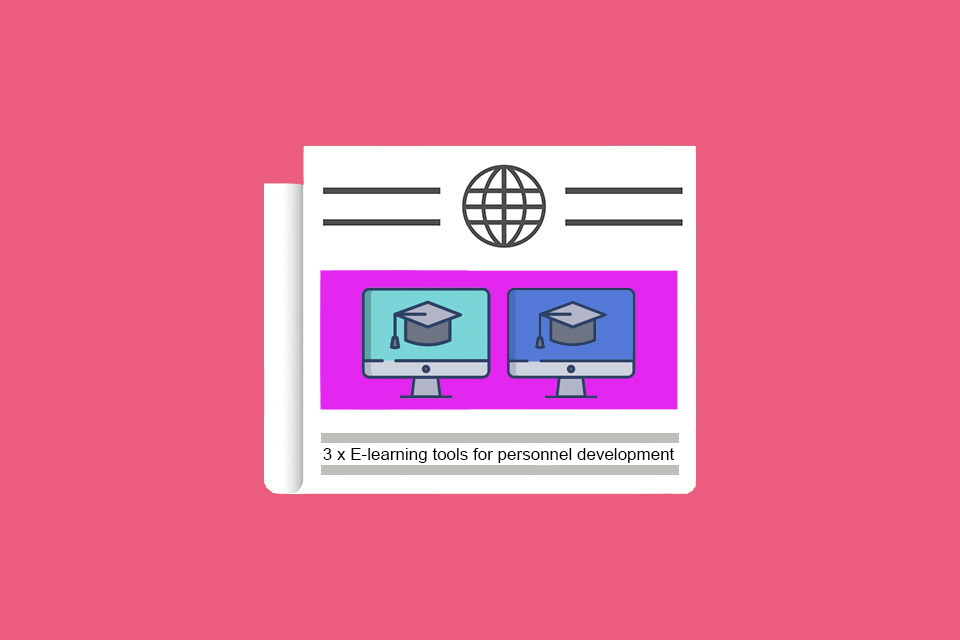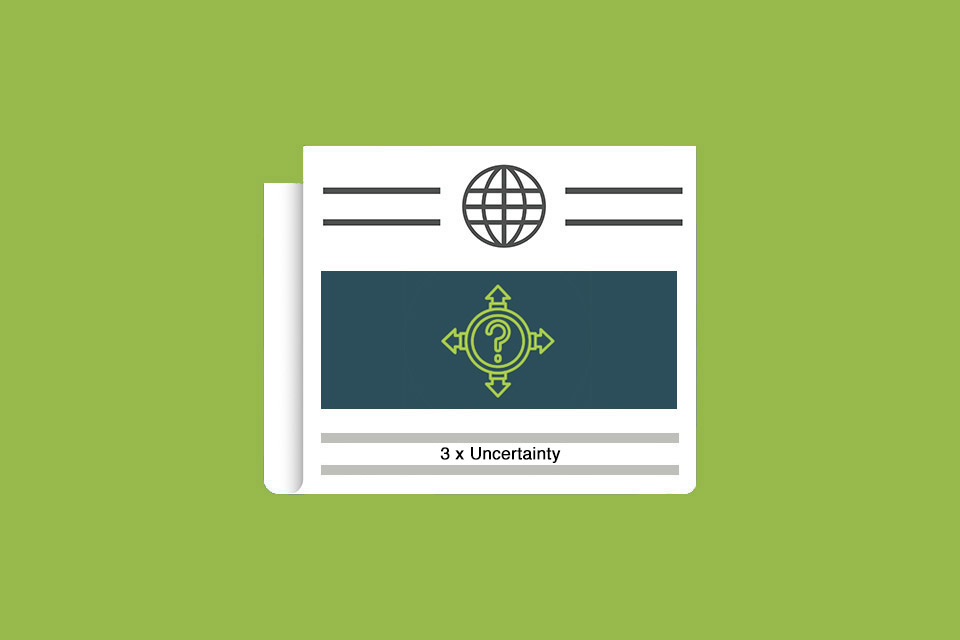Three questions about productized services
A conversation with Maik Pfingsten about productized services
Productized services are standardized services that are offered like a product with a fixed scope of services, a clearly defined process and a transparent fixed price. Instead of creating individual offers that are often difficult to calculate, service providers offer a clearly defined package that can be immediately understood, booked and delivered.
Maik Pfingsten is one of the leading experts on productized services in the German-speaking world and works as a mentor, author and keynote speaker. He supports independent professionals and managers in standardising their services and converting them into productized services in order to achieve financial and time freedom. This makes him the right person to contact for the following three questions:
Why does a productized service protect against bogus self-employment?
Maik Pfingsten: In the world of solopreneurs and independent professionals, freedom and flexibility are very important, but there is also a hidden risk: bogus self-employment. A good way to protect yourself from this is to offer a productized service.
A productized service means that you define exactly what result you deliver and what the star chef’s recipe is for delivering that result at a professional level. This has two important advantages:
- Your customers know from the outset what they are getting. There are no misunderstandings and no unrealistic expectations.
- It becomes clear that your work differs from that of a normal employee. You offer a clearly defined product based on your expertise.
Some think that standardisation means losing the personal touch. But it doesn’t have to be that way.
Turning your service into a product not only makes your work more efficient, but also legally secure.
- You work according to a fixed star chef recipe. This way, everyone knows exactly what to expect and how you deliver at a high level. And you can add the personal touch with a little magic and fairy dust.
- With a clearly defined service, you show that your work is a valuable product in its own right. This reduces the risk of bogus self-employment and signals to your customers and the legislator that you are your own boss.
A productized service is a strategic step towards an independent and sustainable business model. It protects you from the risks of bogus self-employment and creates a clear and transparent basis for the success of your independent professional work.
How do you come up with ideas for your productized service?
Maik Pfingsten: By reducing and focusing.
Behind every customer problem lies an opportunity. No matter whether the problem is simple or complicated, the key to the next success often lies here. But how do you, as an independent professional, find the right idea from the many possibilities? It’s about discovering the real diamond in the rough and developing a clearly defined, realisable service from it.
The first and most important step is reduction. Instead of offering a bouquet of services, the aim is to carve out the one rough diamond. This means cutting off all other services with a two-handed broadsword. This reduction is not easy, but it is the key.
From my own experience, I know that finding the rough diamond is a challenge. So take a close look at the problems that your customers keep coming back to you with. Where are there overlaps? And talk to your customers directly. Often, personal conversations reveal hidden treasures that would otherwise be lost.
When you discover a diamond in the rough, you know that its true value will only be revealed when it is perfectly polished. But finding exactly the right polish is often the most difficult step on the road to a successful productized service. Most of us look at problems from our own perspective, and that’s exactly where the snag lies:
The key to success is to switch on your brain and put yourself in the shoes of your customers, thinking like they do and understanding their needs. Often, you need to understand the problem better than the customer themselves. How? By learning to see it from their perspective.
This change of perspective is no easy task. It takes time, energy and the courage to question existing assumptions. Often, this intensive examination and focusing leads you to recognise that some ideas are on the wrong track, and that’s a good thing. These insights are the course you set for long-term success.
Two practical steps can help:
- Develop a clear profile of your target group to better understand their challenges and desires.
- Focus on problems that not only bring short-term success but will also exist tomorrow.
The path from rough diamond to perfect polish is paved with hard work and critical self-reflection. If you are willing to make the necessary change in perspective, you will lay the foundation for real success with your productized service.
What is the right price for your productized service?
Maik Pfingsten: One point that even experienced independent professionals repeatedly stumble over is the price. If it’s too high, you’ll struggle to sell your service at all. If it’s too low, you’ll be giving away money and coming across as cheap in the eyes of your customers. The reality? The right price depends heavily on the market. What is considered overpriced in one niche may appear suspiciously cheap in another.
Many people confuse the price of a service with its value. These are two completely different things. The price is what your customers pay. The value, on the other hand, is what they get for it. The legendary investor Warren Buffett put it aptly: ‘Price is what you pay, value is what you get.’
Apply this logic to your work. A book may cost €20, but its value can range from inconsequential to life-changing. The same applies to your services: the market may dictate a certain price, but your actual value is often significantly higher.
For too long, I worked on a time basis, a model that trapped me. Because when you exchange time for money, you lose sight of the real value of your work. I tried a value-based pricing approach for the first time in 2012.
Suddenly it was clear: I know the real value of my service, and I can communicate it to my customers.
This means that the price is no longer determined by the market alone, but by the real benefits that my customers derive from it. [1]
The key is to recognise the true value of your work and communicate it confidently. By emphasising not just the price but also the real benefits, you will not only gain the trust of your customers but also clearly stand out from the competition.
Notes (mainly in German):
On Maik Pfingsten’s website, you will find a list of more than 50 ideas for a productized service that you can implement directly: 50 Ideen für einen Productized Service. And you can also get his book Productized Service – Wie du weniger arbeitest, ohne auf dein gewohntes Einkommen zu verzichten.
Here you will find more questions as well as features, benefits and challenges of productized services.
If you like the article or would like to discuss it, please feel free to share it in your network. And if you have any comments, please do not hesitate to send us a message.
There are more articles in the t2informatik Blog series ‘Three Questions…’:

Michael Schenkel
Head of Marketing, t2informatik GmbH
Michael Schenkel has a heart for marketing – so it is fitting that he is responsible for marketing at t2informatik. He enjoys blogging, likes changes of perspective and tries to provide useful information here on the blog at a time when there is a lot of talk about people’s declining attention spans. For example, the new series “Three questions …”.
In the t2informatik Blog, we publish articles for people in organisations. For these people, we develop and modernise software. Pragmatic. ✔️ Personal. ✔️ Professional. ✔️ Click here to find out more.



